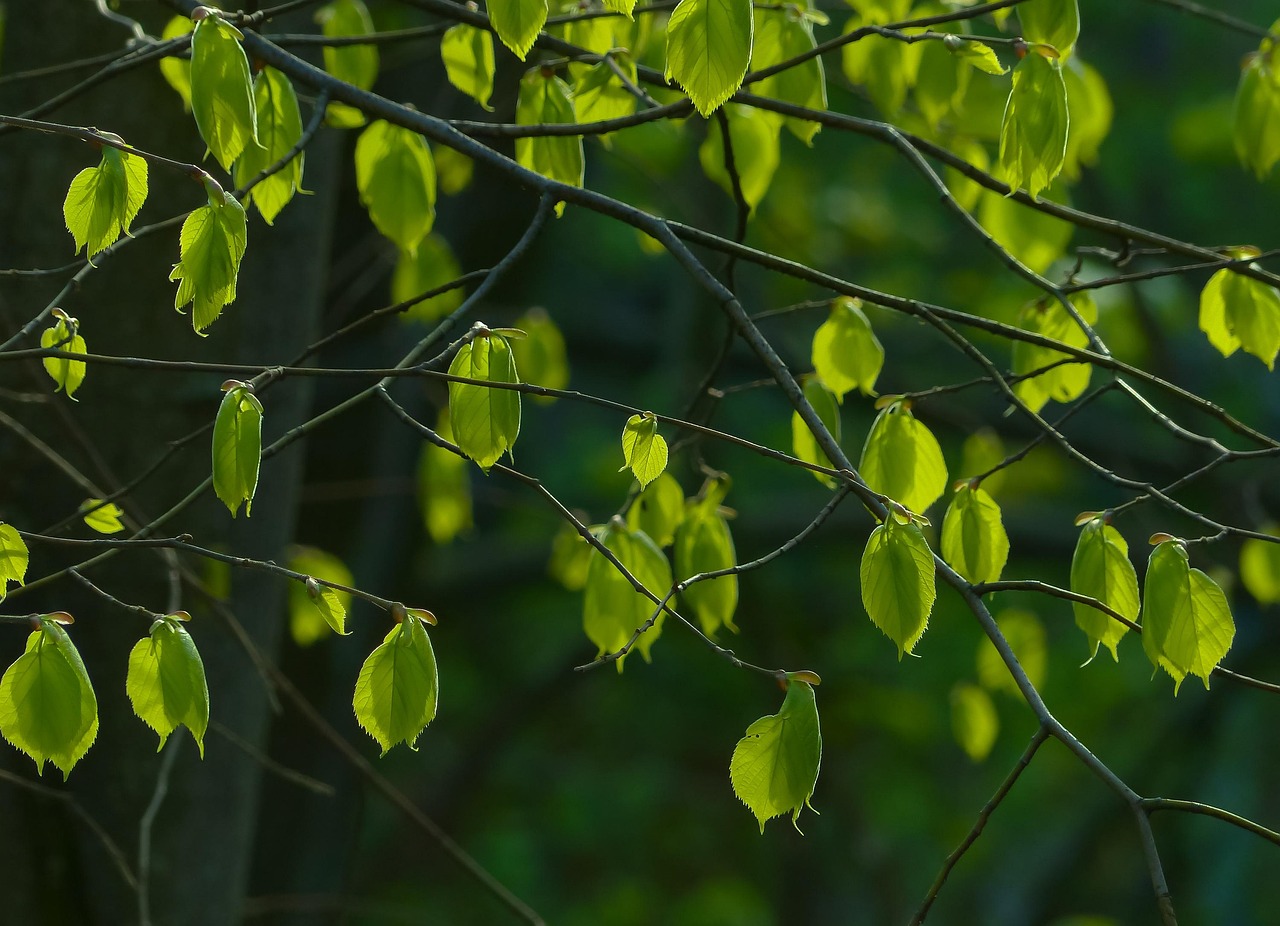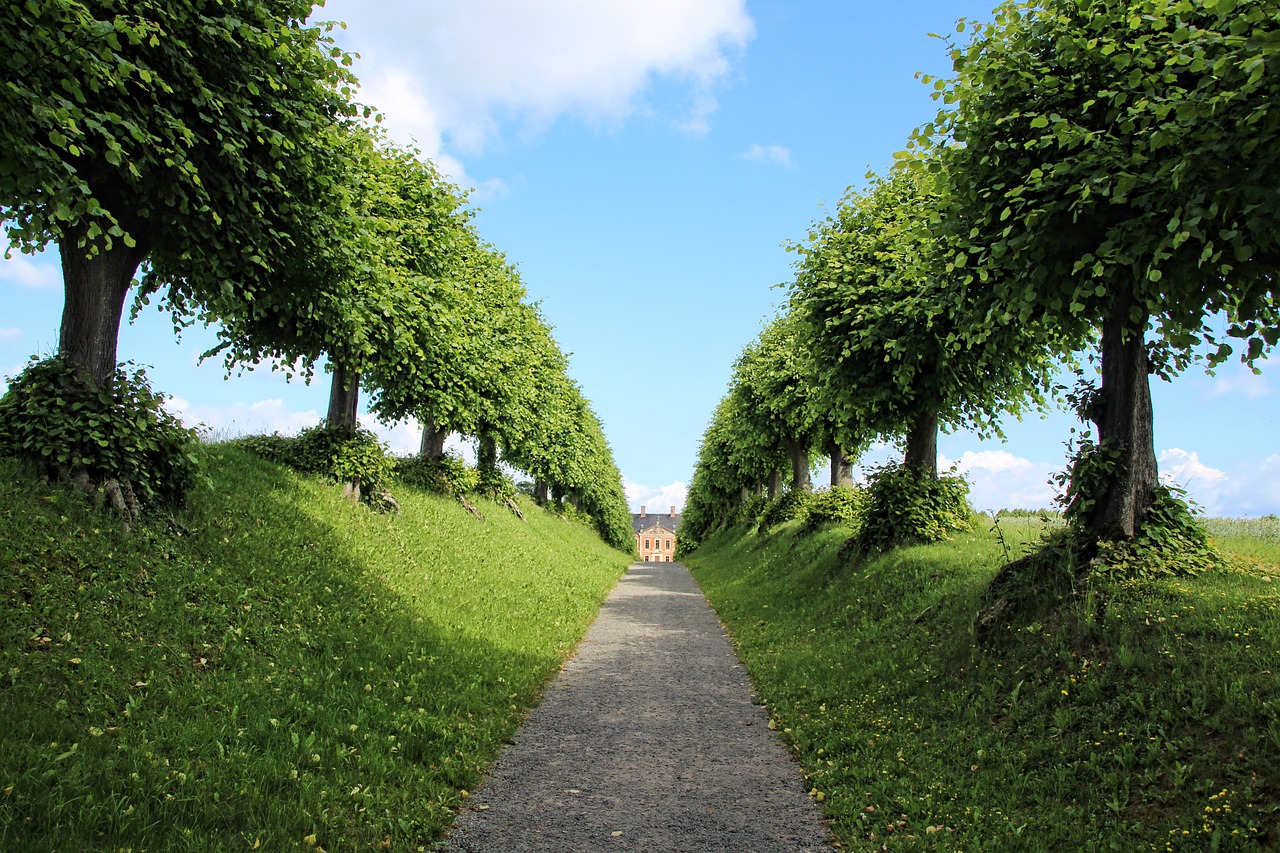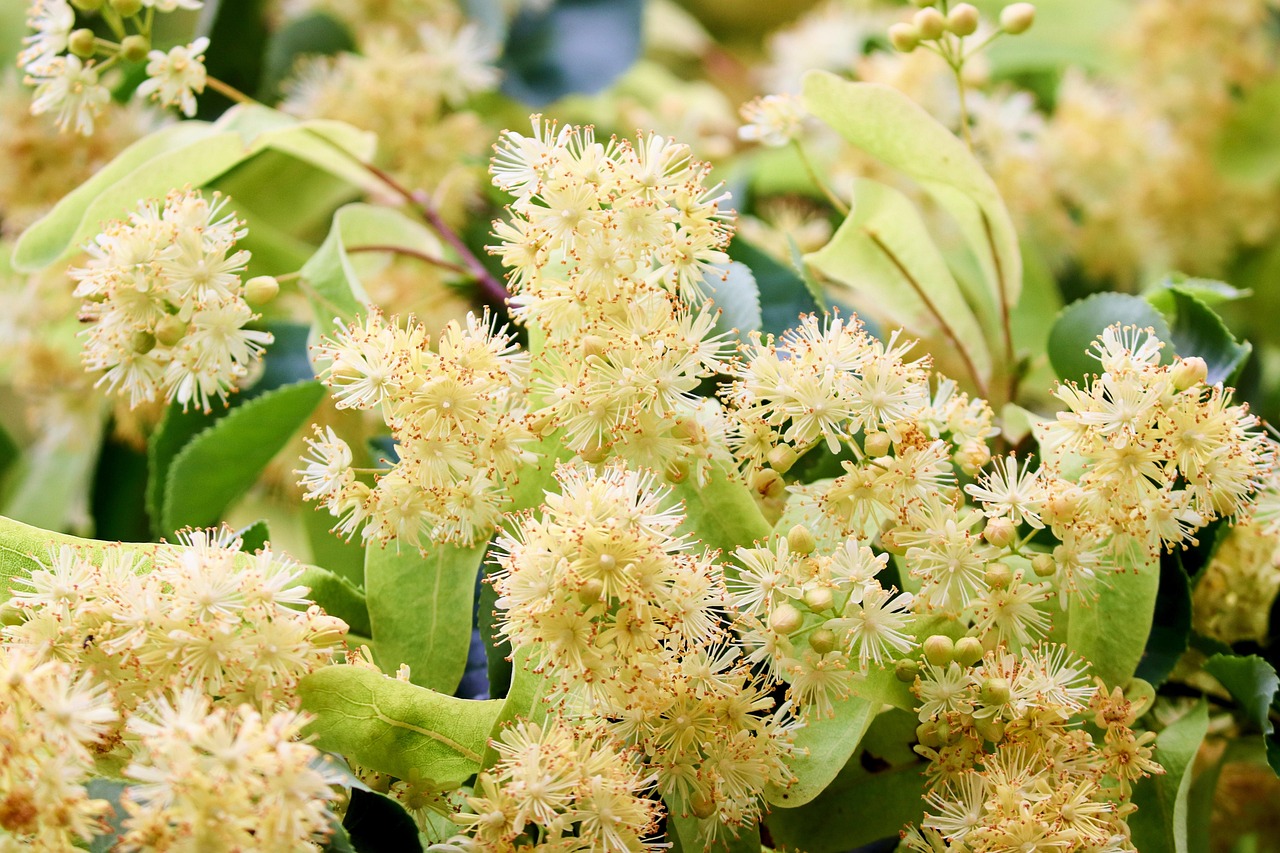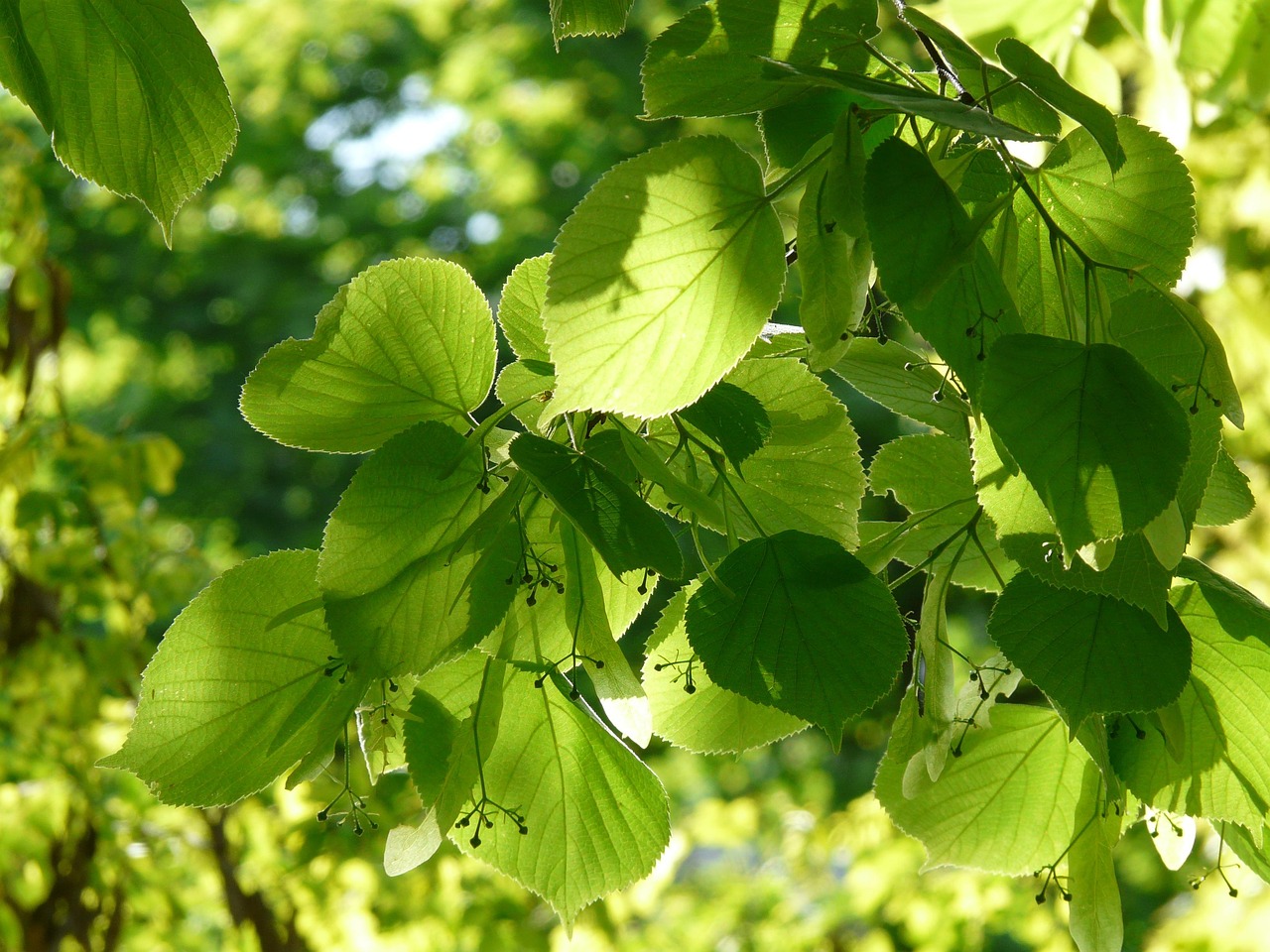Linden trees typically grow at a moderate to fast rate, averaging between 1 to 2 feet per year. They thrive in cool, shady environments, making them ideal for urban streetscapes.
Understanding Linden Trees
Linden trees, also known as basswood, belong to the Tilia genus. They are popular for their beautiful foliage, fragrant flowers, and ability to provide ample shade. These trees are often found lining streets in urban settings, offering not just aesthetic appeal but also environmental benefits.

One of the primary reasons for planting linden trees in city landscapes is their growth rate. In ideal conditions, they can reach heights of 50 to 70 feet over time. This makes them suitable for providing shade in cooler areas where other trees may struggle to thrive.
Ideal Growing Conditions
Linden trees prefer rich, well-draining soil and ample moisture. They are adaptable to various soil types but flourish best in slightly acidic to neutral pH levels. Their growth is significantly influenced by sunlight exposure and temperature. While they can tolerate some shade, linden trees perform best in locations where they receive full sun for part of the day.
Growth Rate Factors
The growth rate of linden trees can vary based on several factors:

- Soil Quality: Nutrient-rich soil promotes healthy growth.
- Water Availability: Consistent moisture is crucial, especially during dry spells.
- Sunlight: While they can grow in partial shade, full sun enhances growth rates.
- Temperature: Moderate temperatures are ideal; extreme heat can hinder growth.
Growth Rate Comparison
When comparing linden trees to other common street trees, their growth rates can be quite favorable. The following table illustrates the average growth rates of several popular street tree varieties:
| Tree Type | Average Growth Rate (Feet per Year) | Ideal Planting Conditions |
|---|---|---|
| Linden | 1-2 | Cool, shady, well-drained soil |
| Maple | 1-3 | Full sun, well-drained soil |
| Oak | 1-2 | Full sun, diverse soil types |
| Pine | 1-2 | Well-drained sandy or loamy soil |
Benefits of Planting Linden Trees
Linden trees offer numerous advantages for urban environments:
- Shade: They provide significant shade, making streets cooler during hot summer months.
- Aesthetic Appeal: Their lush foliage and fragrant flowers enhance the beauty of urban landscapes.
- Wildlife Habitat: Linden trees attract various pollinators and birds, supporting local ecosystems.
- Air Quality Improvement: They help filter pollutants from the air, contributing to better urban air quality.
Challenges in Growth
Despite their many benefits, linden trees can face challenges in urban environments. Soil compaction, pollution, and limited rooting space can hinder their growth. Additionally, they may be susceptible to pests and diseases, which can impact their health and longevity.

Understanding the growth rate and conditions that favor linden trees is essential for urban planners and homeowners alike. By recognizing these factors, we can make informed decisions about where to plant these beneficial trees in our communities.
Optimal Planting Techniques for Linden Trees
Proper planting techniques are crucial for ensuring the healthy growth of linden trees. The right approach can significantly impact their establishment, growth rate, and overall health in urban settings. Here are some best practices for planting linden trees effectively.
Site Selection
The first step in planting linden trees is selecting an appropriate site. Consider the following factors:
- Sunlight: Choose a location that receives at least 6 hours of sunlight daily. While they tolerate partial shade, optimal growth occurs in full sun.
- Space: Ensure there is sufficient space for the tree to grow both above and below ground. Avoid areas with underground utilities or structures that could interfere with root development.
- Soil Type: Test the soil to confirm it’s well-draining and rich in organic matter. Amend the soil as needed to enhance fertility.
Planting Process
The planting process involves several key steps to promote healthy growth:

- Digging the Hole: Create a hole that is twice the width of the tree’s root ball and slightly shallower than the root ball’s height. This allows roots to spread easily.
- Preparing the Tree: Before planting, gently loosen any tightly bound roots. Remove damaged or dead roots to encourage healthy growth.
- Positioning the Tree: Place the tree in the center of the hole. Ensure that the root collar (where roots meet the trunk) is level with the surrounding soil to prevent water pooling.
- Backfilling: Fill the hole with native soil, gently packing it down to eliminate air pockets. Water thoroughly after planting to settle the soil.
Watering and Mulching
After planting, proper watering and mulching are essential for the establishment of linden trees:
- Watering: Water newly planted trees deeply, especially during dry periods. Aim for 1 inch of water per week, either from rain or supplemental irrigation.
- Mulching: Apply a layer of organic mulch around the base of the tree. This helps retain soil moisture, regulates temperature, and suppresses weeds. Keep mulch away from the trunk to prevent rot.
Maintenance Practices for Healthy Growth
Maintaining linden trees through their growth stages is vital for their longevity and health. Regular care will help them thrive in urban environments.
Pruning Techniques
Pruning linden trees correctly can enhance their structure and promote healthy growth. Here are some pruning tips:
- Timing: The best time to prune linden trees is during late winter or early spring before new growth begins.
- Removing Dead or Diseased Wood: Regularly inspect for and remove any dead, damaged, or diseased branches to prevent disease spread.
- Shaping the Tree: Maintain an open canopy by selectively removing branches that cross or crowd each other. This promotes better air circulation and light penetration.
Pest and Disease Management
Linden trees are susceptible to various pests and diseases. Early detection and management are crucial:
- Aphids: These small insects can cause leaf distortion. Use insecticidal soap or neem oil as a treatment.
- Linden Borer: This pest can damage tree health by burrowing into branches. Monitor trees regularly and remove infested branches promptly.
- Diseases: Fungal infections like powdery mildew can affect linden trees. Ensure good airflow around the tree and avoid overhead watering to reduce humidity.
Nutritional Needs of Linden Trees
Linden trees require specific nutrients for optimal growth. Understanding their nutritional needs can help maintain their health in urban landscapes.
Soil Testing
Conducting soil tests can reveal nutrient deficiencies. A soil test will assess pH levels and nutrient content, allowing for tailored amendments.
Fertilization Recommendations
If nutrient deficiencies are identified, consider applying a balanced fertilizer in early spring. Here are some key nutrients needed:
- Nitrogen: Supports leaf growth and overall vitality.
- Phosphorus: Promotes root development and flowering.
- Potassium: Enhances disease resistance and overall hardiness.
By following these optimal planting and maintenance practices, linden trees can thrive in cool, shady streets, providing benefits for years to come.
Environmental Impact of Linden Trees
Linden trees play a significant role in urban ecosystems. Their presence contributes to environmental health, enhances urban aesthetics, and offers recreational benefits. Understanding their impact can help communities appreciate and promote planting these trees.
Air Quality Improvement
Linden trees are effective at improving air quality. They absorb carbon dioxide and release oxygen through photosynthesis, which helps combat air pollution. Additionally, their leaves capture dust, smoke, and other pollutants from the air, contributing to cleaner urban environments.
Urban Heat Island Effect Mitigation
Urban areas often experience higher temperatures than surrounding rural areas, a phenomenon known as the urban heat island effect. Linden trees can help mitigate this effect:
- Shade Provision: Their broad canopies provide shade, cooling the surrounding air and reducing the need for air conditioning in nearby buildings.
- Evapotranspiration: The process of water evaporation from leaves cools the air, further helping to lower temperatures.
Biodiversity Support
Linden trees support urban biodiversity by providing habitats for various species. Their flowers attract pollinators such as bees and butterflies, while their foliage offers shelter for birds and other wildlife.
Here are some specific wildlife benefits:
- Pollinator Attraction: Linden flowers are rich in nectar, making them highly attractive to honeybees and native bees.
- Bird Habitat: The dense foliage provides nesting sites for various bird species.
- Insect Support: A variety of insects thrive in linden trees, creating a balanced ecosystem.
Ecosystem Services Provided by Linden Trees
The ecosystem services offered by linden trees are numerous and valuable to urban environments. These services enhance the quality of life for residents and contribute to sustainable city planning.
Stormwater Management
Linden trees help manage stormwater runoff effectively:
- Rainwater Absorption: Their root systems absorb rainwater, reducing surface runoff and the risk of flooding.
- Soil Stabilization: The roots help prevent soil erosion in urban landscapes.
Noise Pollution Reduction
Linden trees can also reduce noise pollution in urban areas. Their thick foliage acts as a sound barrier, absorbing and deflecting sound waves, which contributes to a quieter environment.
Community Aesthetics and Well-being
The aesthetic value of linden trees in urban settings cannot be overstated. Their beauty enhances streetscapes and public spaces. Additionally, exposure to green spaces has been linked to improved mental health and well-being among urban residents.
Common Varieties of Linden Trees
There are several species of linden trees that are commonly used in landscaping. Each variety has unique characteristics that may make it suitable for specific environments or preferences.
| Variety | Height | Spread | Features |
|---|---|---|---|
| Tilia americana (American Linden) | 50-80 feet | 30-40 feet | Smooth bark, fragrant flowers; great for large spaces. |
| Tilia cordata (Littleleaf Linden) | 40-60 feet | 25-35 feet | Small leaves; drought-tolerant; ideal for urban areas. |
| Tilia platyphyllos (Large-leaved Linden) | 60-80 feet | 40-60 feet | Larger leaves; good for windbreaks; excellent shade provider. |
| Tilia tomentosa (Silver Linden) | 40-50 feet | 25-35 feet | Silvery underside to leaves; attractive ornamental value. |
Cultural Significance of Linden Trees
Linden trees hold cultural significance in various regions around the world. They have been cherished for centuries for their beauty and utility.
Historical Uses
Historically, linden trees have been used for a variety of purposes:
- Medicinal Uses: The flowers and leaves have been used in herbal remedies for various ailments.
- Cultural Symbolism: In many cultures, linden trees symbolize peace and love. They are often planted near places of gathering.
Modern Applications
Today, linden trees continue to be valued in modern landscaping and urban planning. Their adaptability to different soil types and conditions makes them popular choices for city streets, parks, and residential areas. The sustainability benefits they provide align with contemporary goals for environmental stewardship and climate resilience.
Linden trees not only enhance urban aesthetics but also offer practical benefits that contribute to healthier cities. Their roles in improving air quality, supporting biodiversity, and providing shade highlight the importance of integrating these trees into urban environments.
Long-Term Care and Sustainability of Linden Trees
To ensure that linden trees thrive in urban environments for years to come, long-term care practices are essential. These trees can live for several decades, and with proper maintenance, they can be a lasting asset to any community.
Long-Term Maintenance Strategies
Regular maintenance will help keep linden trees healthy and vibrant. Here are some strategies for long-term care:
- Monitoring Health: Regularly inspect trees for signs of pests or diseases. Early detection is key to effective management.
- Watering Practices: Adjust watering schedules based on seasonal changes. Deep watering during dry spells encourages strong root development.
- Seasonal Pruning: Continue to prune trees as they mature to maintain their shape and remove any dead or diseased branches.
Community Involvement
The success of planting linden trees in urban areas often depends on community involvement. Engaging residents in tree care fosters a sense of ownership and responsibility:
- Volunteer Programs: Organize community volunteer days for tree planting and maintenance activities.
- Educational Workshops: Host workshops to educate the community about the benefits of linden trees and how to care for them.
- Partnerships: Collaborate with local environmental organizations to promote tree planting initiatives.
Challenges and Future Considerations
While linden trees offer numerous benefits, there are challenges that need to be addressed. Urban planners and communities must consider these factors when integrating linden trees into city landscapes.
Urban Stressors
Linden trees can face numerous stressors in urban settings, including:
- Air Pollution: High levels of pollutants can affect tree health. Implementing green infrastructure can help mitigate these effects.
- Soil Compaction: Heavy foot traffic and construction can compact soil, limiting root growth. Solutions include creating designated pathways and using permeable materials.
- Climate Change: Changes in temperature and precipitation patterns may impact tree growth. Selecting climate-resilient varieties can help adapt to these changes.
Future Research and Innovations
Continued research is essential for understanding how to best care for linden trees in urban environments. Future innovations may include:
- Genetic Studies: Researching genetic variations within linden species could lead to improved resistance against pests and diseases.
- Smart Technology: Utilizing technology for monitoring tree health and soil conditions can enhance maintenance practices.
- Sustainable Practices: Developing sustainable urban forestry practices will be key in maximizing the benefits of linden trees in cities.
Final Thoughts
Linden trees are an invaluable addition to urban landscapes. Their rapid growth rate, aesthetic appeal, and numerous environmental benefits make them a preferred choice for cool, shady streets. By understanding their needs, involving the community, and implementing effective long-term care strategies, we can ensure that these trees thrive for generations to come.
The role of linden trees extends beyond mere beautification; they significantly contribute to improving air quality, providing shade, and supporting local wildlife. As cities continue to evolve, integrating linden trees into urban planning will promote sustainability and enhance the quality of life for all residents. Investing in these trees is investing in a healthier, greener future for our communities.
